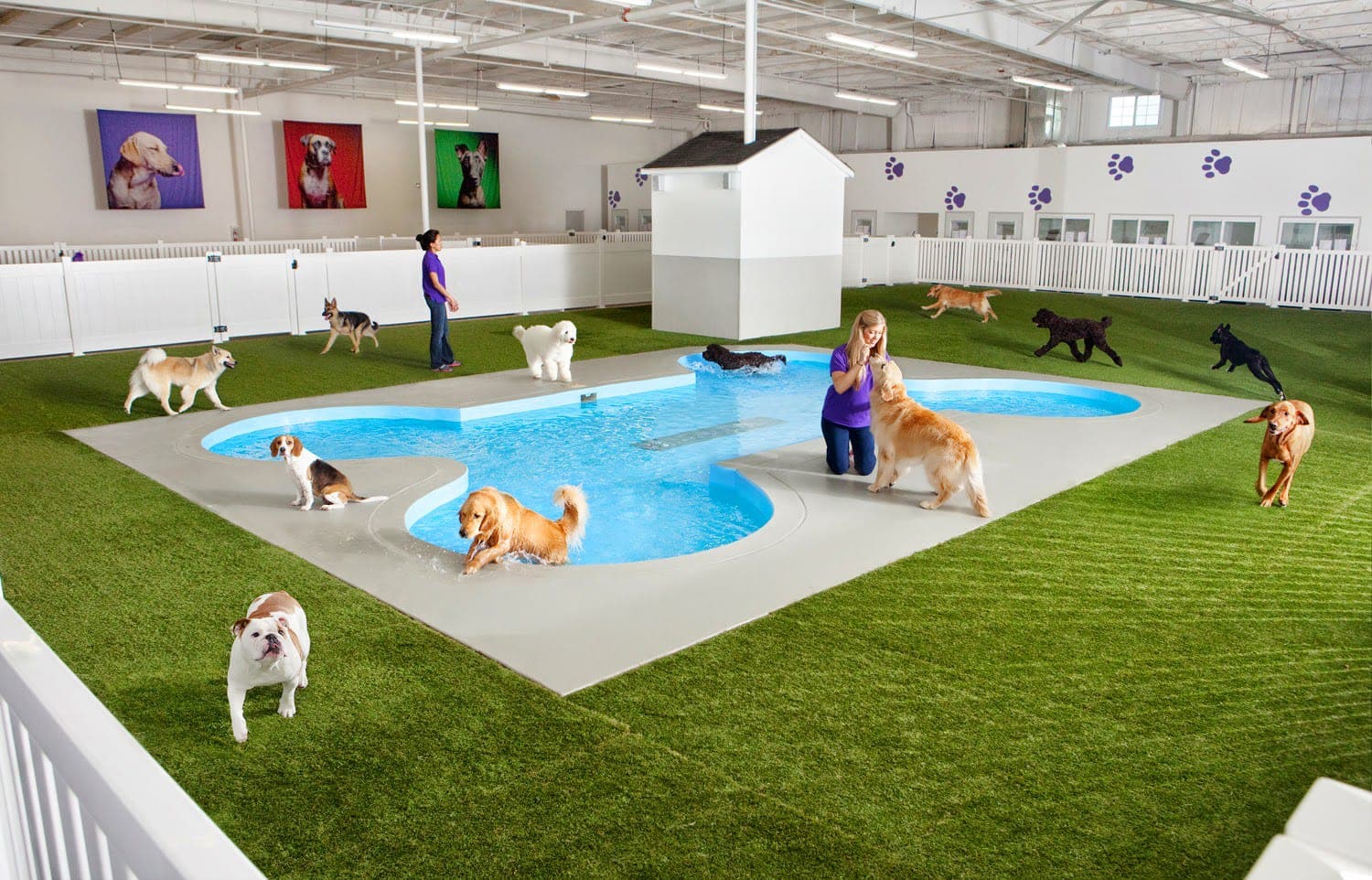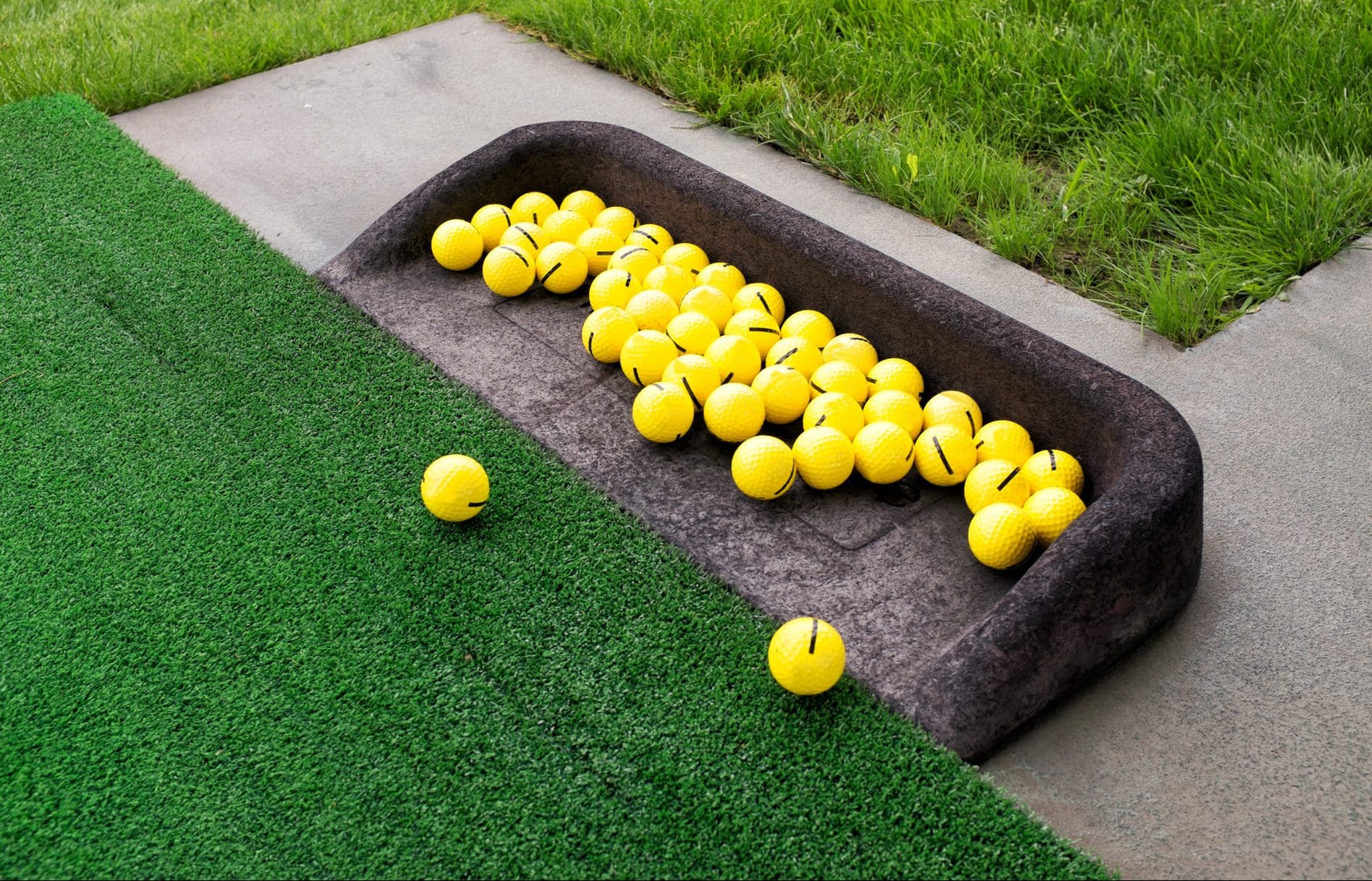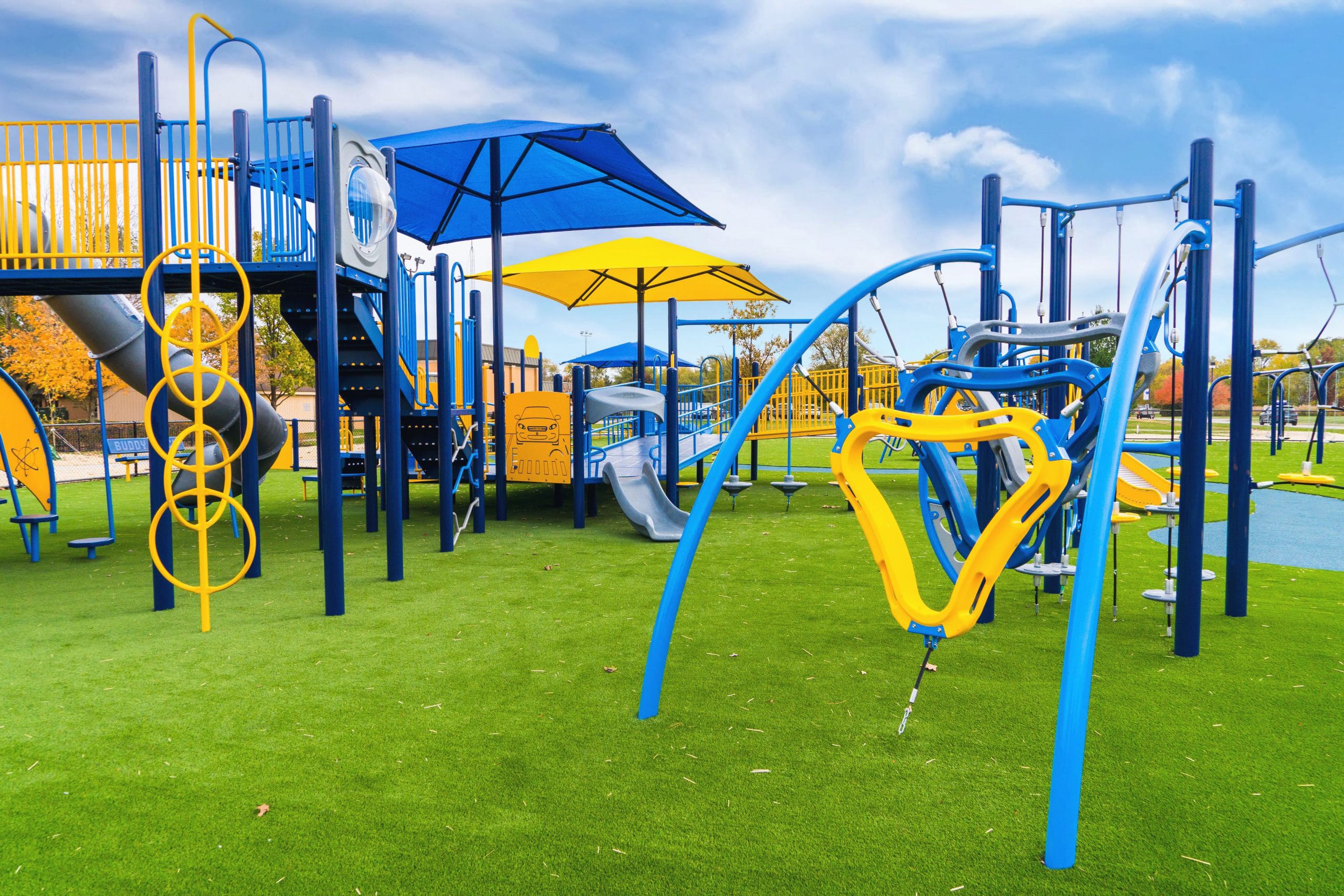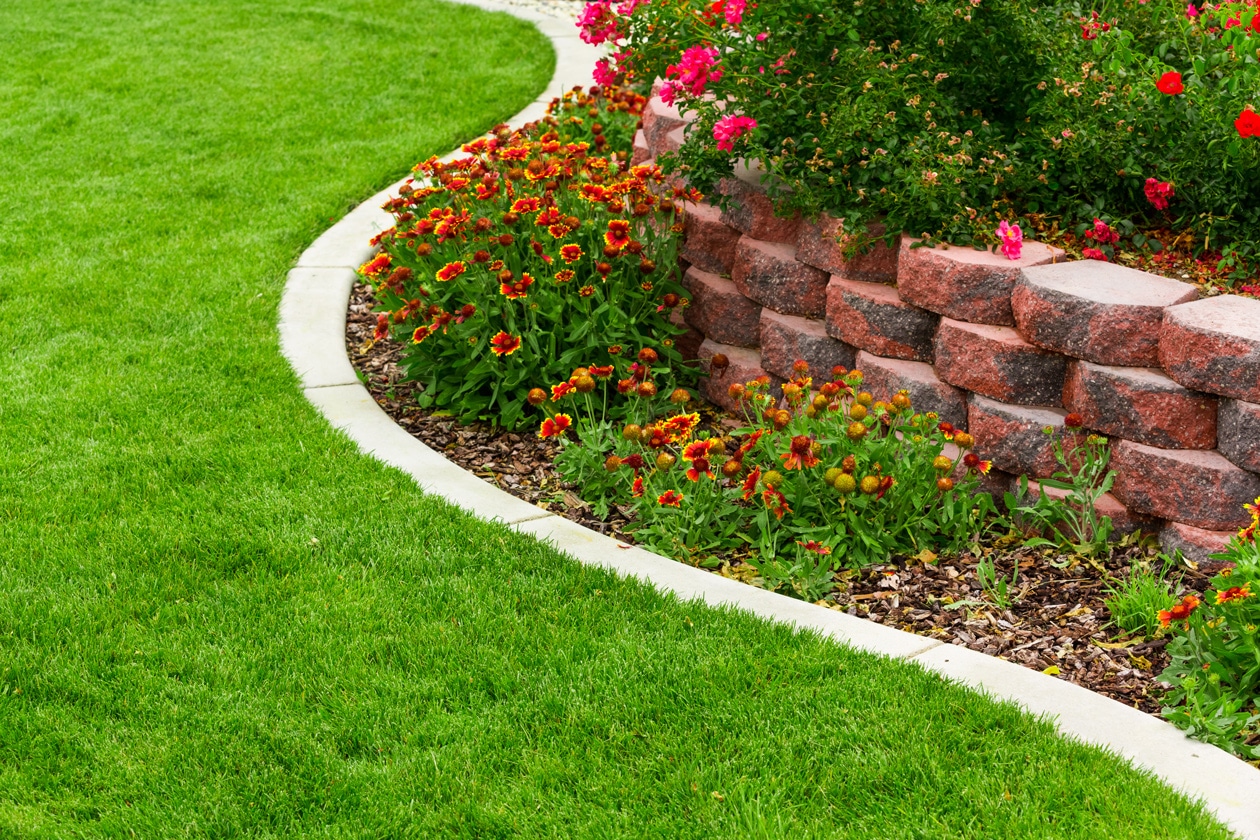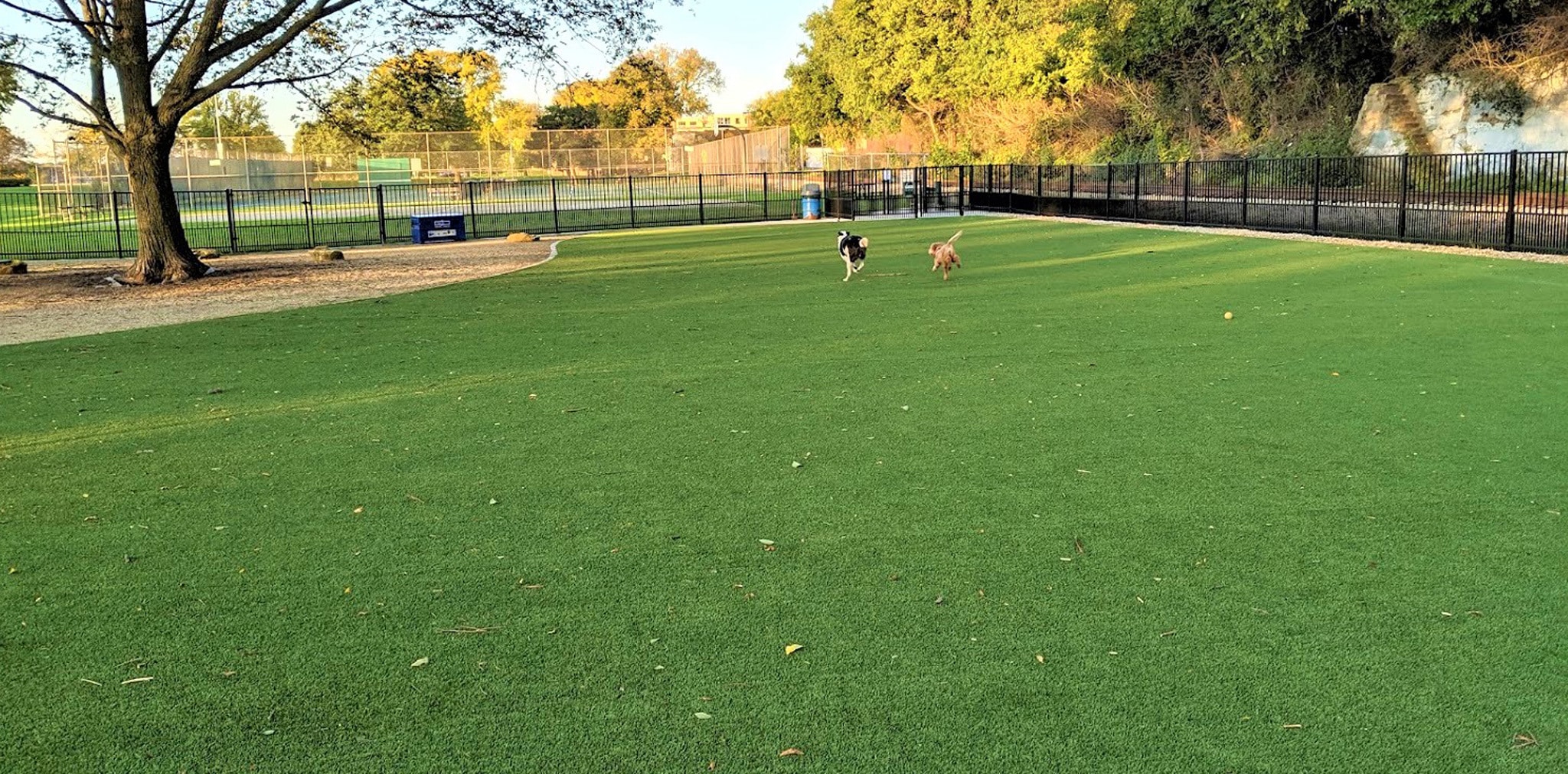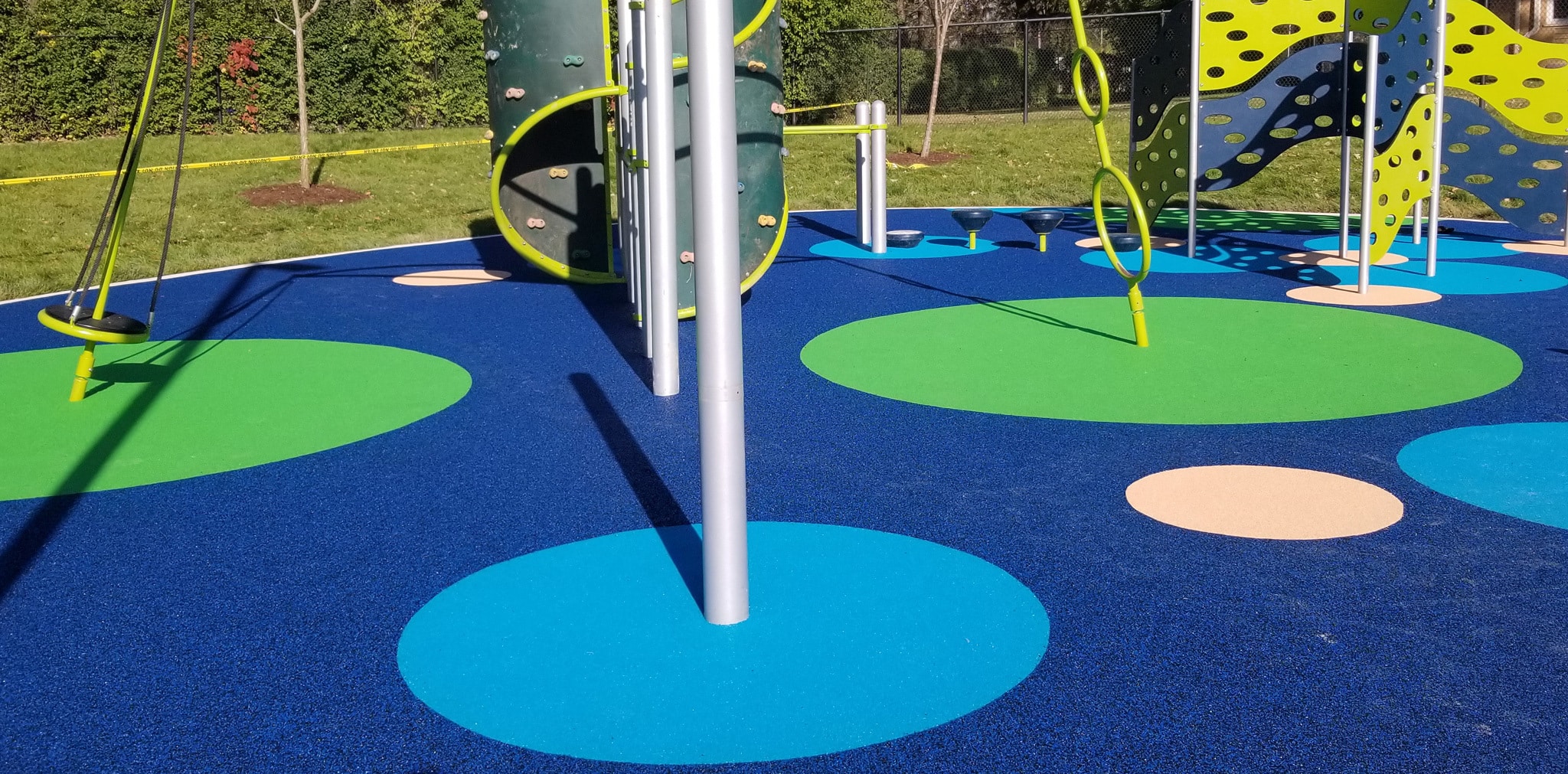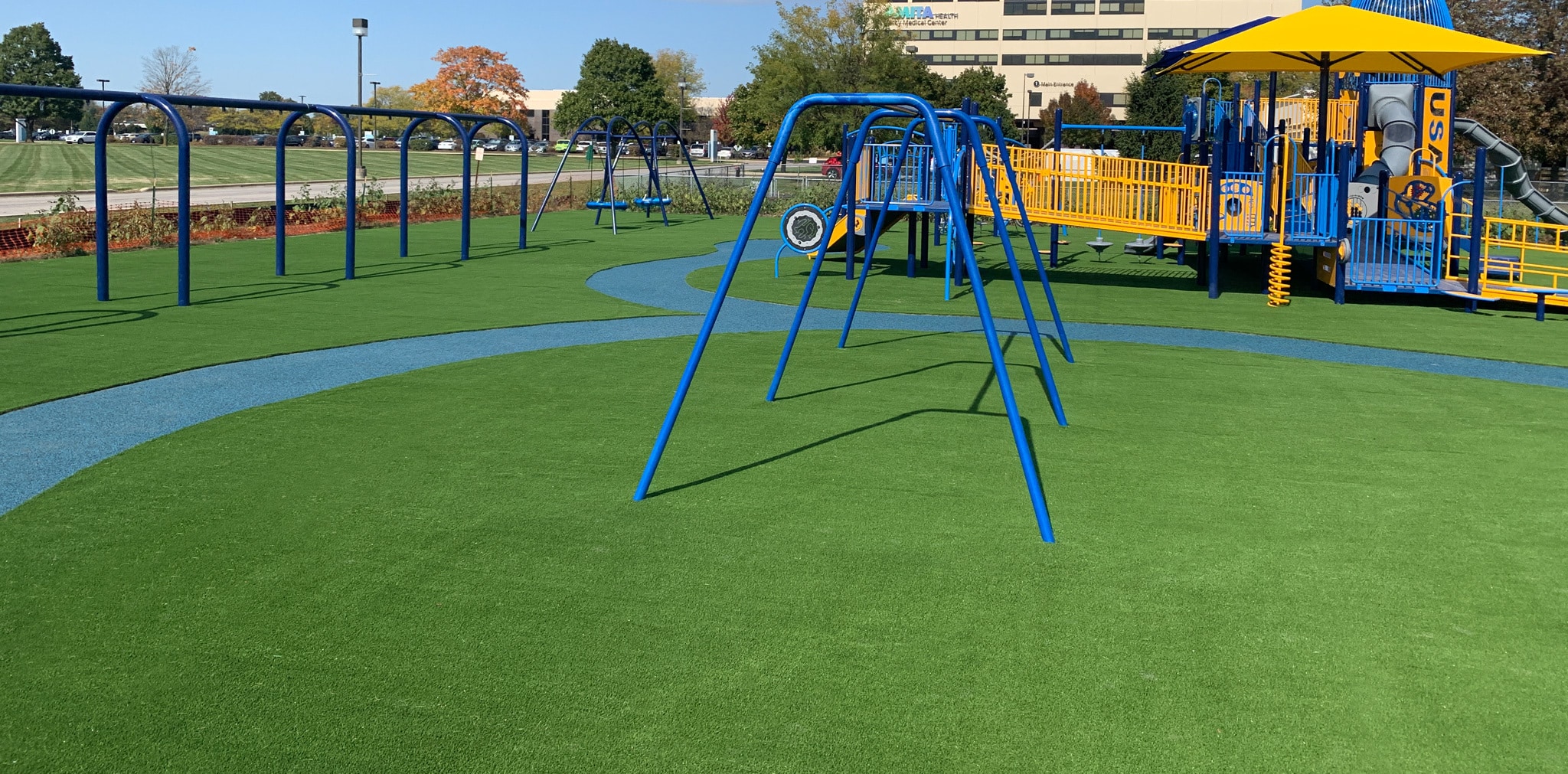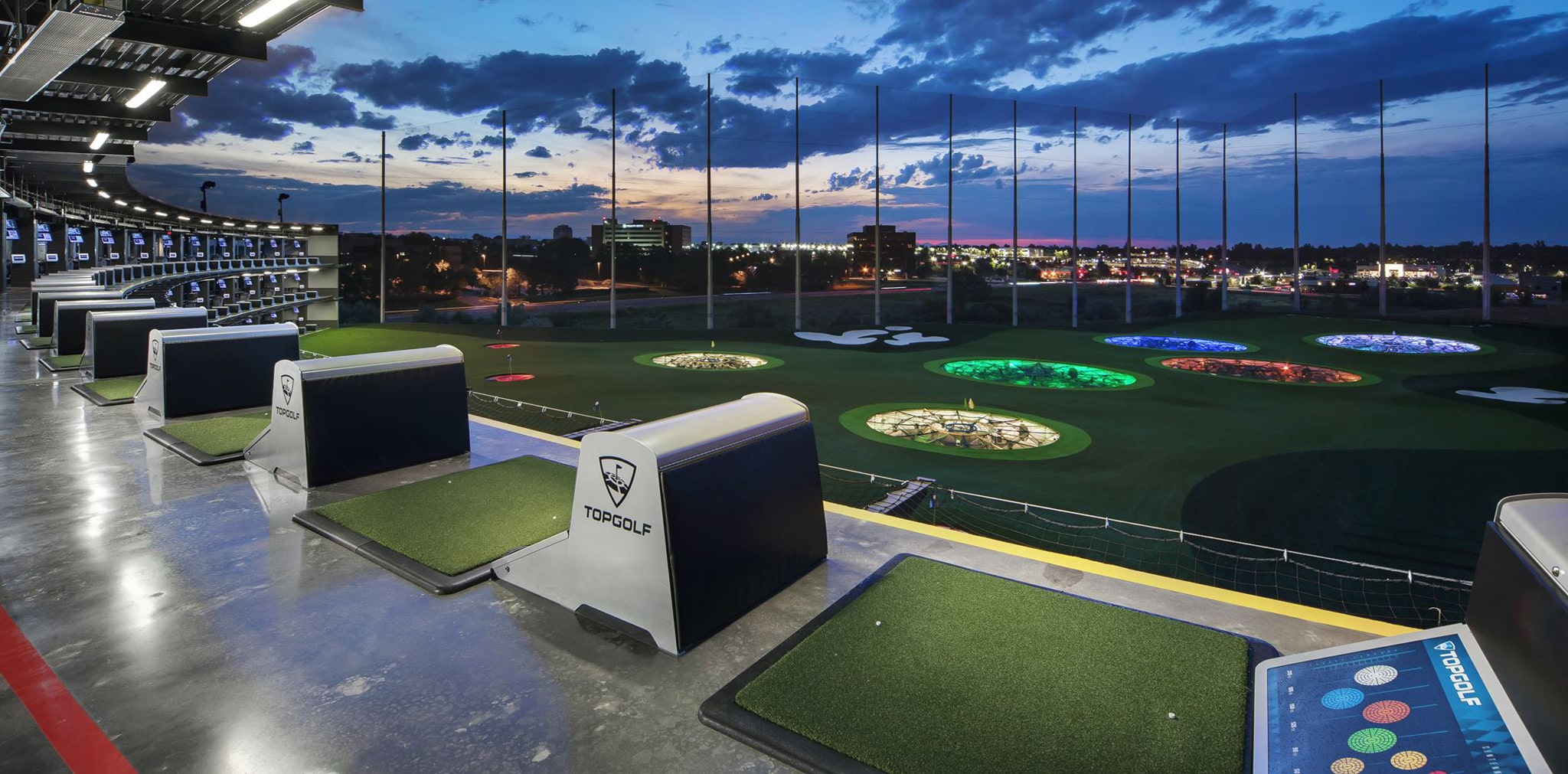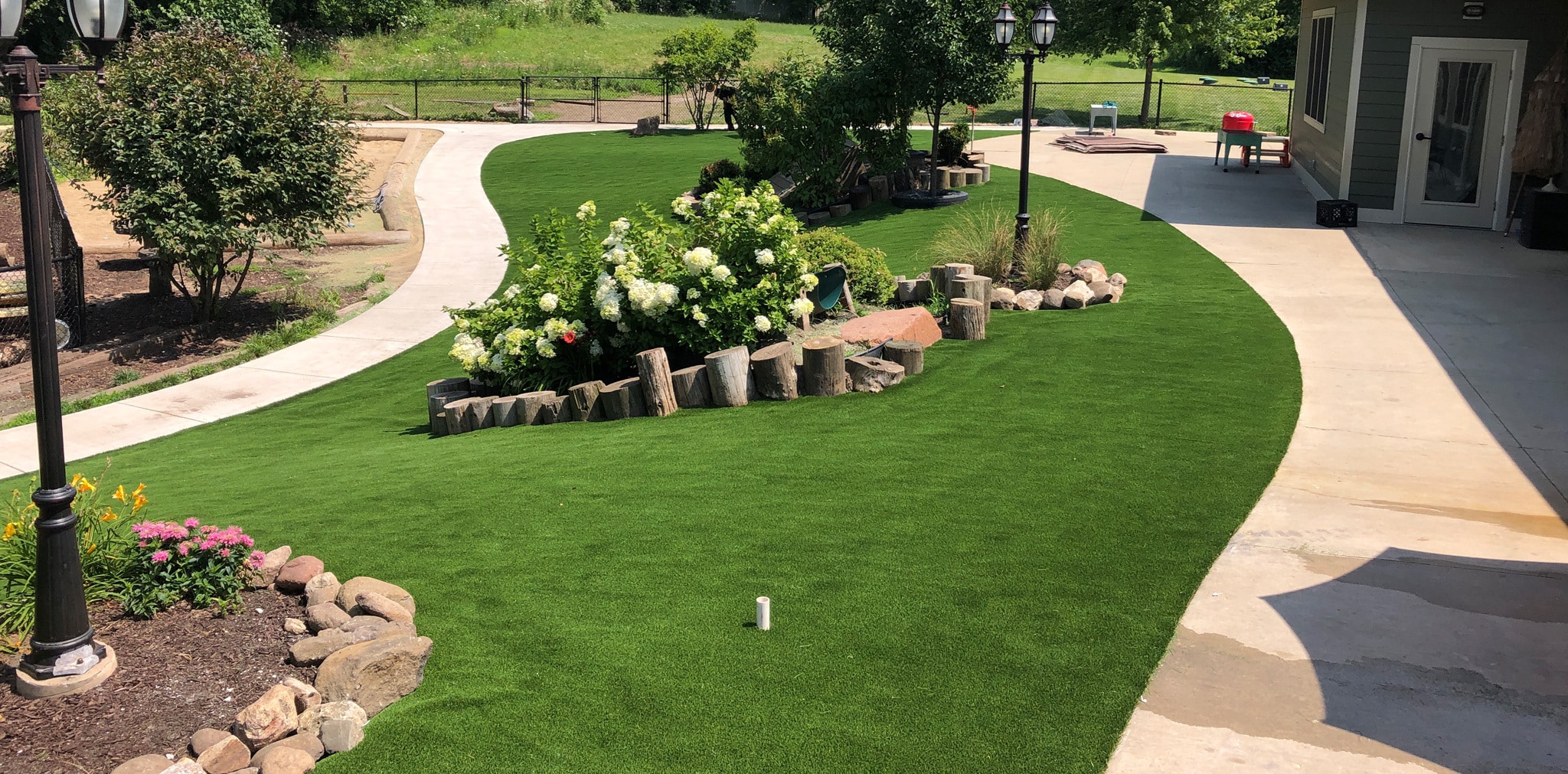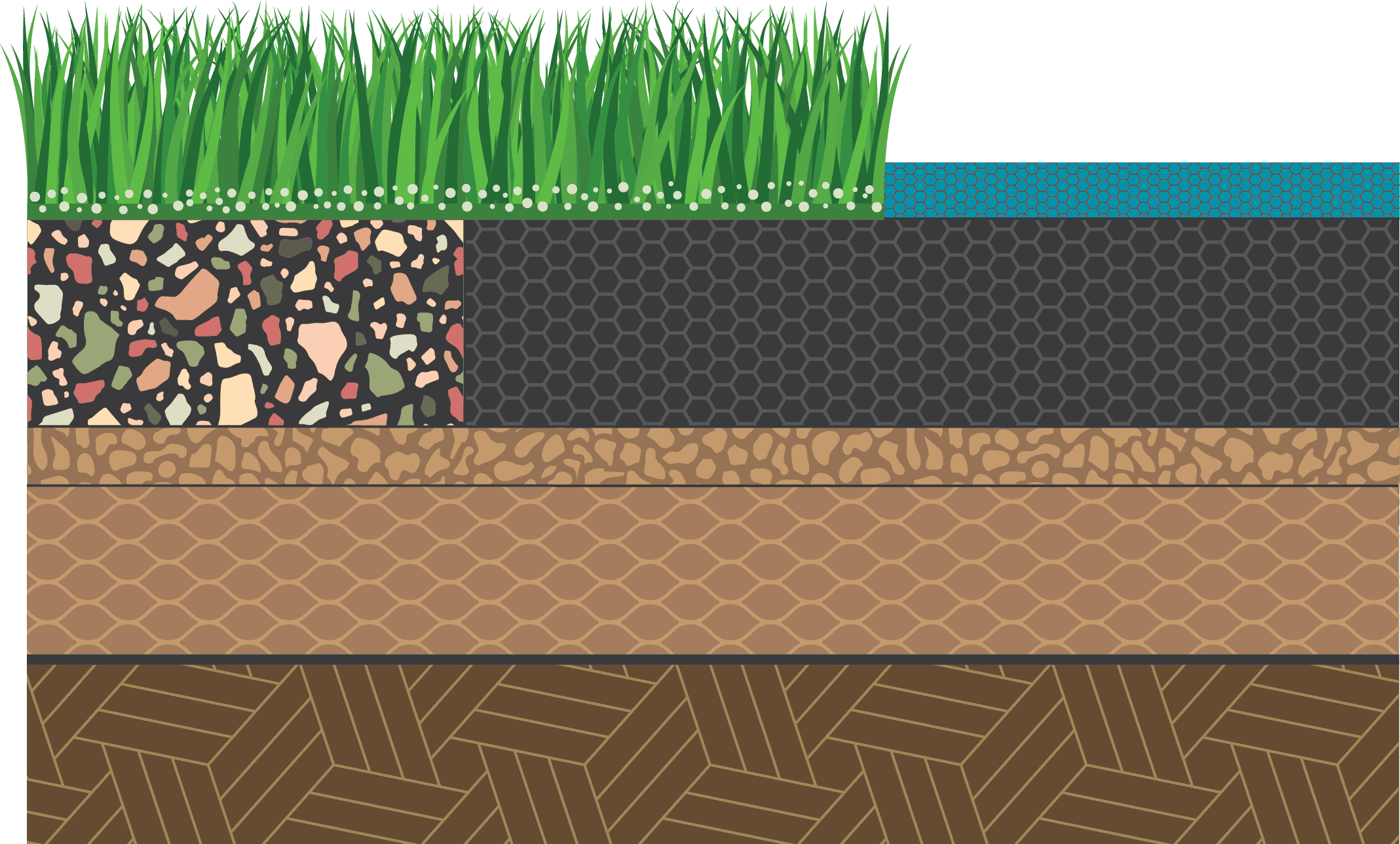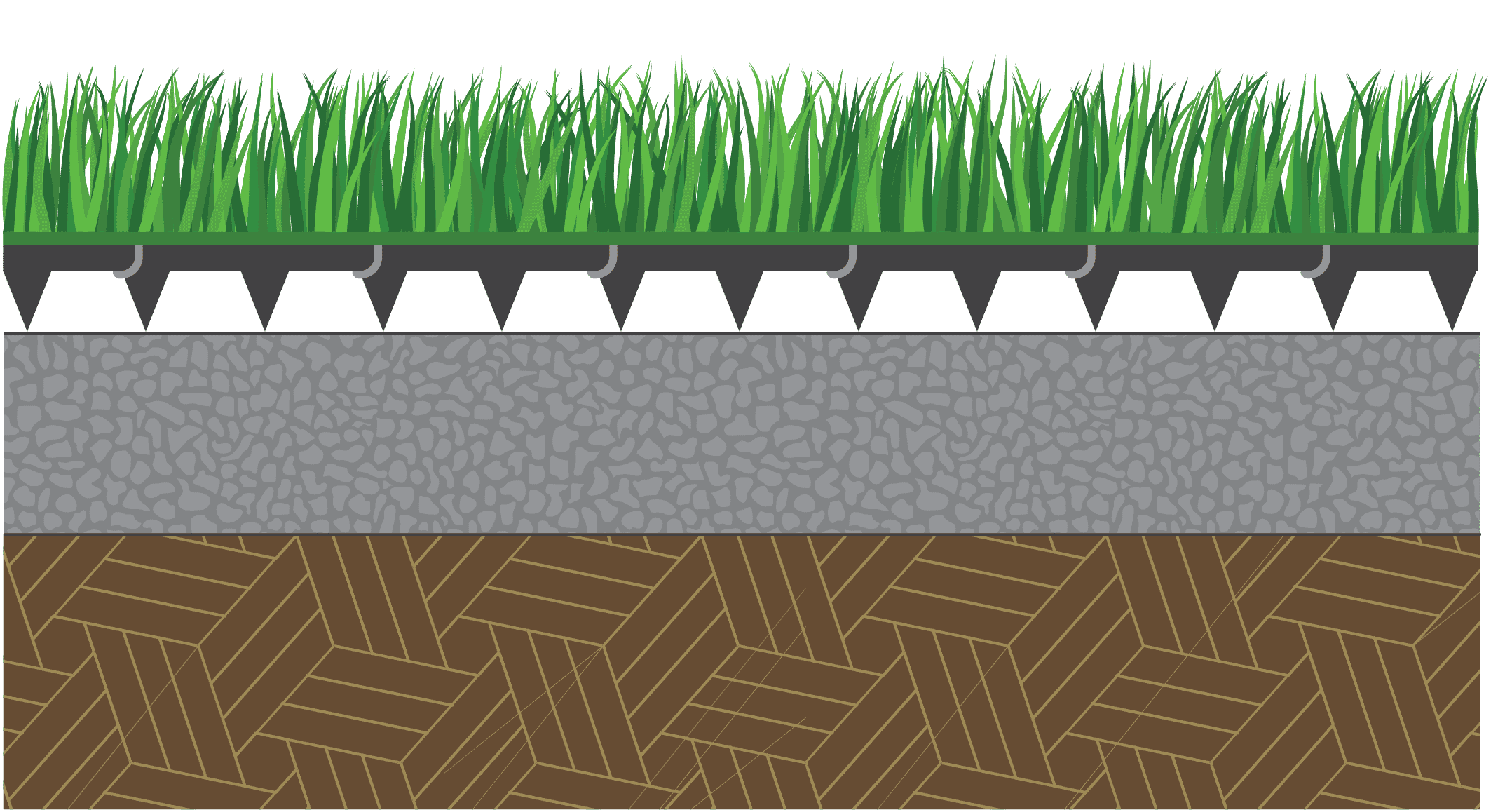Industry Trusted, Customer Focused.
Customer Satisfaction from the Ground Up.
Looking to save money on your surfacing contracts? Contact us to show you how to save time and money by going directly through OMNIA Partners!
OMNIA® Partners
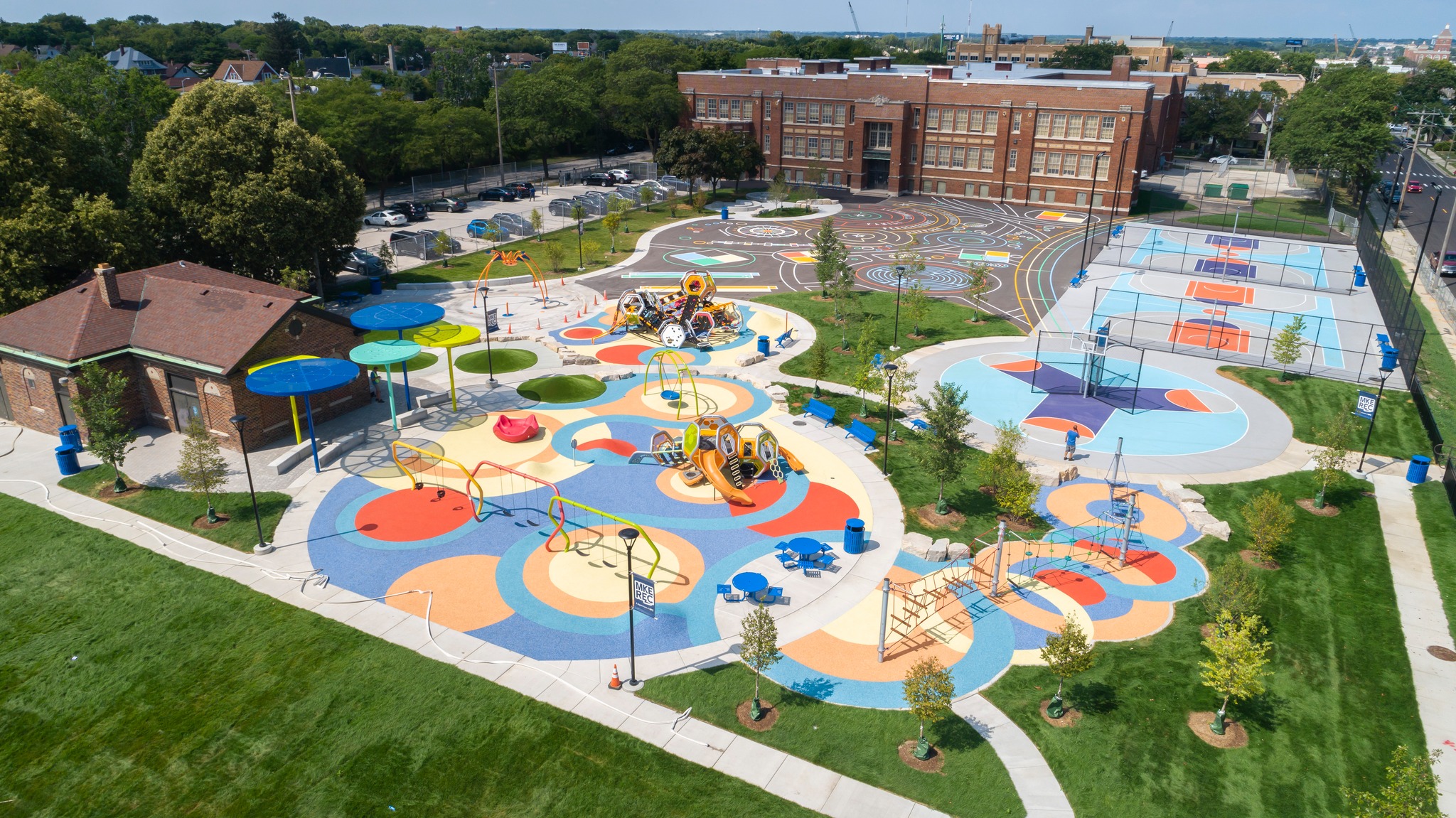
We’ll never steer you wrong just to sell you something. We will recommend the best options for your specific need.
★ ★ ★ ★ ★
“They have by far, the best product on the market. Whether it’s innovation on something old or coming up with something new altogether, they’re always providing the best product for our clients."
Ben Ubben – Christy Webber Landscaping


